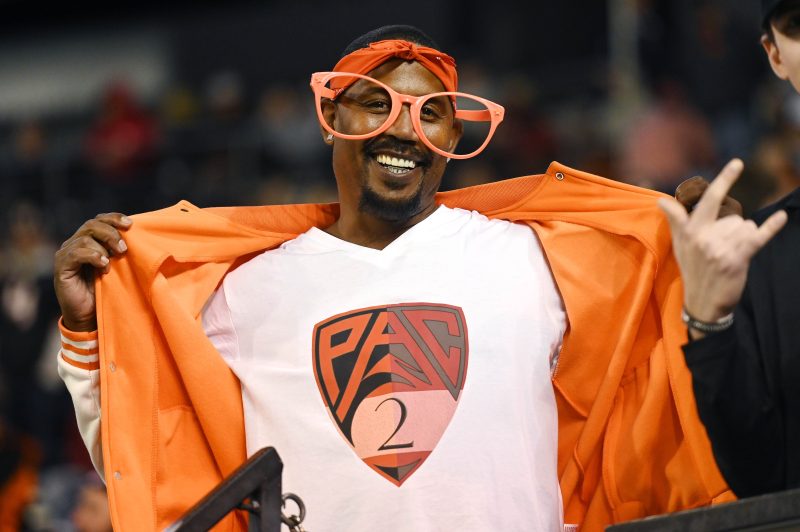The Pac-12 Conference has long been a powerhouse in college football, boasting a rich history of competition and success that has captivated fans and players alike. However, recent years have seen the conference face significant challenges both on and off the field. As the 2021 college football season approaches, questions remain about the future of the Pac-12 and what lies ahead for its member schools.
One of the primary concerns facing the Pac-12 is its lagging performance compared to other Power Five conferences. Over the past few seasons, Pac-12 teams have struggled to compete at the national level, with few teams making a significant impact in the College Football Playoff race. This lack of success has led to declining television ratings and attendance, impacting the conference’s revenue and overall standing in the college football landscape.
Additionally, the Pac-12 has faced criticism for its handling of media rights and revenue sharing agreements. Unlike other conferences that have secured lucrative television deals, the Pac-12 has struggled to maximize its media exposure and financial resources. This has led to disparities in funding between Pac-12 schools and their counterparts in conferences like the SEC and Big Ten, making it difficult for Pac-12 teams to attract and retain top talent.
Off the field, the Pac-12 has also faced challenges in navigating the evolving landscape of college athletics. The conference has been at the center of debates surrounding student-athlete compensation and name, image, and likeness (NIL) rights. While the NCAA has taken steps to address these issues, the Pac-12 must continue to adapt and find ways to support its athletes while maintaining compliance with NCAA regulations.
Despite these challenges, there are reasons for optimism within the Pac-12 as the 2021 college football season gets underway. New leadership at the conference level, including the appointment of George Kliavkoff as commissioner, has brought a fresh perspective and renewed focus on revitalizing the Pac-12’s football program. Kliavkoff has emphasized the importance of innovation and collaboration in positioning the Pac-12 for long-term success.
Additionally, a number of Pac-12 schools have made investments in their football programs, hiring new coaches, upgrading facilities, and recruiting top talent to bolster their rosters. Programs like Oregon, USC, and Washington have shown flashes of potential in recent years, and fans are hopeful that these teams can compete at a higher level and bring success back to the conference.
As the Pac-12 prepares to kick off the 2021 college football season, there is a sense of uncertainty mixed with cautious optimism. While challenges remain, the conference has the opportunity to redefine itself and reclaim its status as a powerhouse in college football. By addressing its shortcomings, embracing change, and investing in its future, the Pac-12 can once again become a force to be reckoned with on the national stage.
